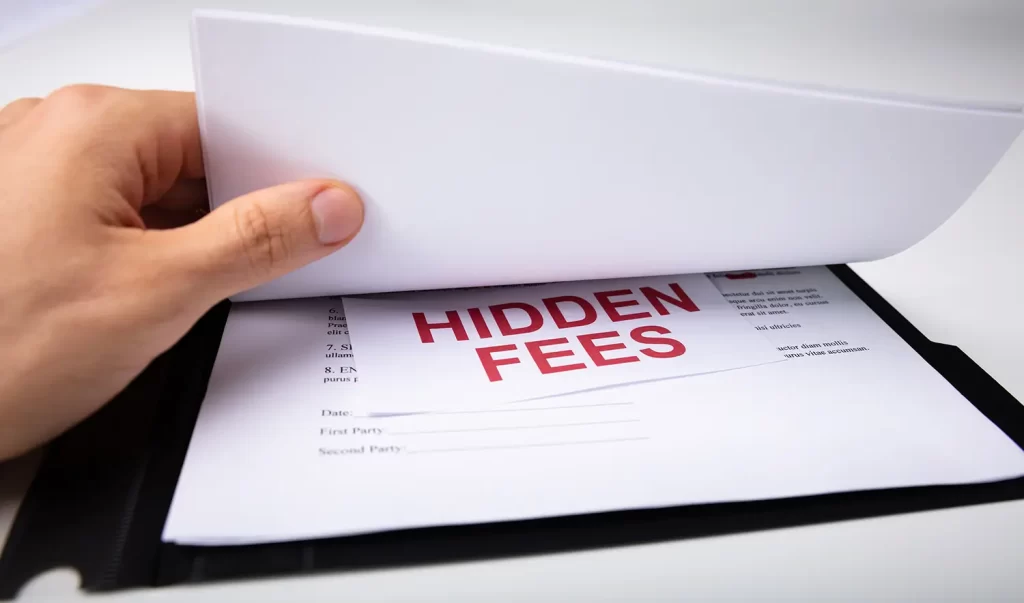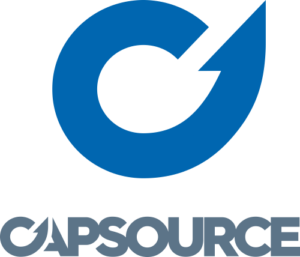As a seasoned real estate investor, you’re no stranger to the speed and flexibility that hard money loans offer. These loans can be a lifeline for time-sensitive deals, fix-and-flip projects, or situations where traditional financing falls short. But savvy investors know there’s more to the cost of borrowing than just the interest rate.
In this blog post, we’ll delve into the often overlooked expenses associated with hard money loans and share strategies for minimizing those costs. Let’s unravel the hidden fees and ensure you’re equipped to make informed financial decisions.
Unveiling the Hidden Costs
While the allure of quick funding and less stringent requirements is undeniable, it’s crucial to understand the full financial picture when considering a hard money loan. Here’s what often lies beneath the surface:
- Points (Origination Fees): Typically expressed as a percentage of the loan amount (e.g., 1-5 points), these fees cover the lender’s administrative and processing costs. Each point represents 1% of the loan. So, on a $200,000 loan, 2 points would equate to $4,000.
- Underwriting Fees: These cover the lender’s due diligence process, which includes evaluating the property, the borrower’s financial history, and the project’s feasibility. Underwriting fees can range from a few hundred to several thousand dollars, depending on the complexity of the deal.
- Appraisal and Inspection Fees: Hard money lenders often require independent appraisals and inspections to assess the property’s value and condition. These costs can vary widely but are important for protecting both the lender and the borrower.
- Prepayment Penalties: Some hard money loans come with prepayment penalties, which are fees charged if you pay off the loan early. These penalties can disincentivize refinancing or early payoff, so it’s important to understand the terms before signing.
- Exit Fees: While not always applicable, some lenders may charge an exit fee when the loan is repaid or the property is sold. This fee can be a flat amount or a percentage of the loan balance.
The Total Cost of Borrowing: A Comparison
To truly grasp the total cost of borrowing, you need to look beyond the advertised interest rate. Here’s a simplified comparison of two hard money loan scenarios:
| Loan Term | Loan Amount | Interest Rate | Points | Underwriting Fee | Other Fees | Total Cost of Borrowing |
|---|---|---|---|---|---|---|
| 12 months | $200,000 | 12% | 2 points ($4,000) | $1,500 | $1,000 | $26,500 + interest |
| 12 months | $200,000 | 10% | 4 points ($8,000) | $500 | $500 | $28,000 + interest |
As you can see, the loan with the lower interest rate ends up costing more due to the higher points. This illustrates why it’s crucial to consider all fees, not just the interest rate.
Negotiating for the Best Terms
Hard money loan terms are often negotiable. As an experienced broker, CapSource can advocate on your behalf to secure the most favorable terms possible. Here are some tips for negotiating:
- Shop around: Get quotes from multiple lenders to compare rates and fees.
- Be transparent: Provide detailed information about your project and financial history.
- Leverage your experience: Highlight your track record as a successful investor.
- Negotiate fees: Don’t hesitate to ask for lower points or fees.
- Consider a shorter loan term: This can sometimes lead to lower interest rates
CapSource: Your Partner in Transparency
At CapSource, we pride ourselves on transparency and putting our clients’ interests first. We’ll work tirelessly to find you the best hard money loan options, clearly explaining all costs and ensuring you understand the terms before you sign. Our goal is to empower you to make informed decisions that align with your investment objectives.
Ready to explore your hard money options? Contact CapSource today for a free consultation.





